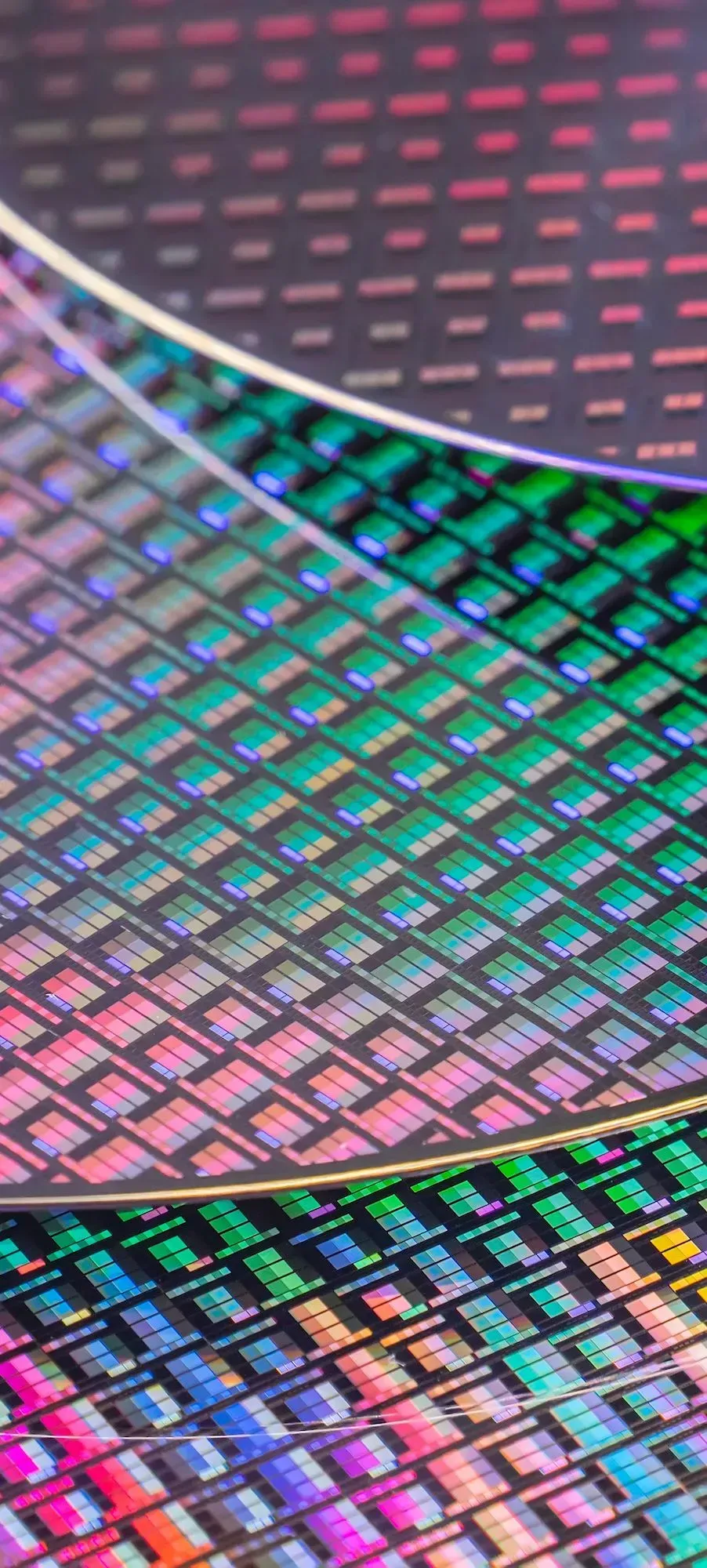Incredible Power Density
Talon can be configured to accept the entire range of light guides (fiber, liquid, etc.). When Talon delivers power density at the input of these light guides of 200 mw / square mm and above - laser like levels from a broadband source!
Narrow Spectrum / Multiple Monochromatic Sources in Single Illuminator
Talon combines energy from multiple sources and can be configured for exacting spectral applications. Talon can be configured to excite multiple narrow band fluorophores.
Flicker-Free
No image should be spoiled by random or non-random fluctuations coming from the illumination system. During development careful attention was given to the electrical filtering circuitry to ensure world-class flicker-free operation.
Extremely High-Speed Strobing (100KHz+)
Need to strobe? Strobing times of 100KHz are possible even at high power levels.
Maximum Power! (Flux)
Talon is capable of delivering intense levels of optical power. Over 30 optical watts at the light guide input even when configured for low numerical aperture applications (solid angle).
Solid Angle (Numerical Aperture)
In many applications it is critical for light sources to contain their energy within a prescribed solid angle (to avoid stray light, to focus on a specific region, etc.). Talon has a configurable system that is capable of wide range of solid angles.
Linear Calibration
Talon is easily calibrated using automated software to deliver unique dimming response curves - can easily establish the min and max irradiance and the response curve between the two including a linear relationship between dimming level and irradiance.



